Joker: Folie à Deux boasts breathtaking production and stellar performances, but buckles under the weight of its unfocused, overly ambitious narrative.
The film follows Arthur Fleck (Joaquin Phoenix), now institutionalised in Arkham Asylum, as he forms a destructive romantic relationship with Harley Quinn, a fellow patient. Their shared descent into madness is explored through surreal musical sequences, while the film delves into themes of mental illness, societal neglect, and the abuse of the downtrodden.
There’s no denying that Joker: Folie à Deux is a visual triumph. Returning director Todd Phillips pulls out all the stops in creating an immersive setting that is nightmarishly grim and stunningly detailed. The production design is breathtaking—every shadow feels meticulously placed, every shot gorgeously framed, setting the stage for a film that, on the surface, should have been another masterstroke. Yet for all its aesthetic brilliance, the film is weighed down by a story that never quite knows where to land, making it less a psychological thriller and more a psychological endurance test.
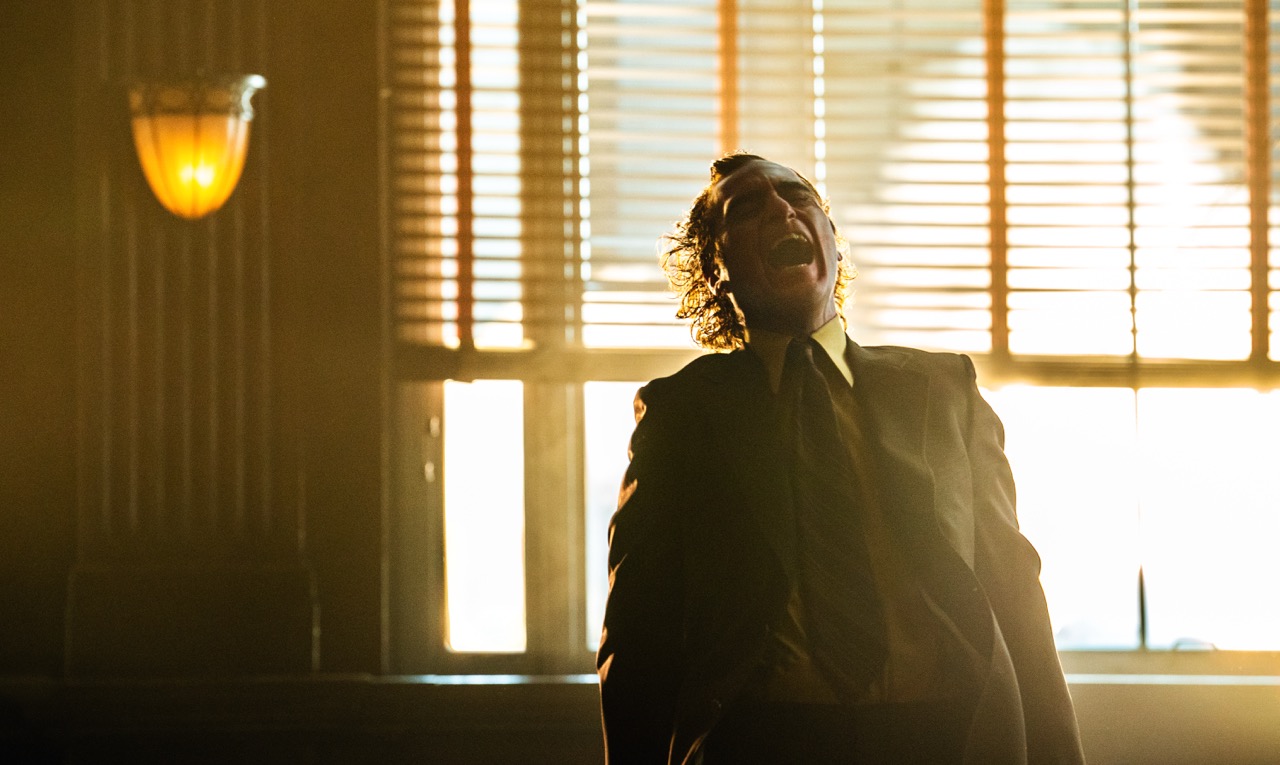
The performances are the saving grace, and it’s hard to ignore Lady Gaga’s transformative take on Harley Quinn. She seamlessly slips into the role with charisma and intensity, perfectly complementing Joaquin Phoenix’s Arthur Fleck. Giving credit where it’s due—the sound design and the musical set pieces are surprisingly well choreographed and performed by these two. You can tell great effort went into making each musical moment soar, but they just don’t fit.
For a film rooted in gritty realism and the haunting descent into madness, the musical numbers feel like an awkward appendage. The tonal shift between hard-hitting psychological drama and La La Land style spectacle is jarring, leaving the audience wondering if this is the same grim universe we were introduced to in the first film. Gotham is suffocating, bleak, and depressing, which makes the decision to inject musical whimsy feel out of place.
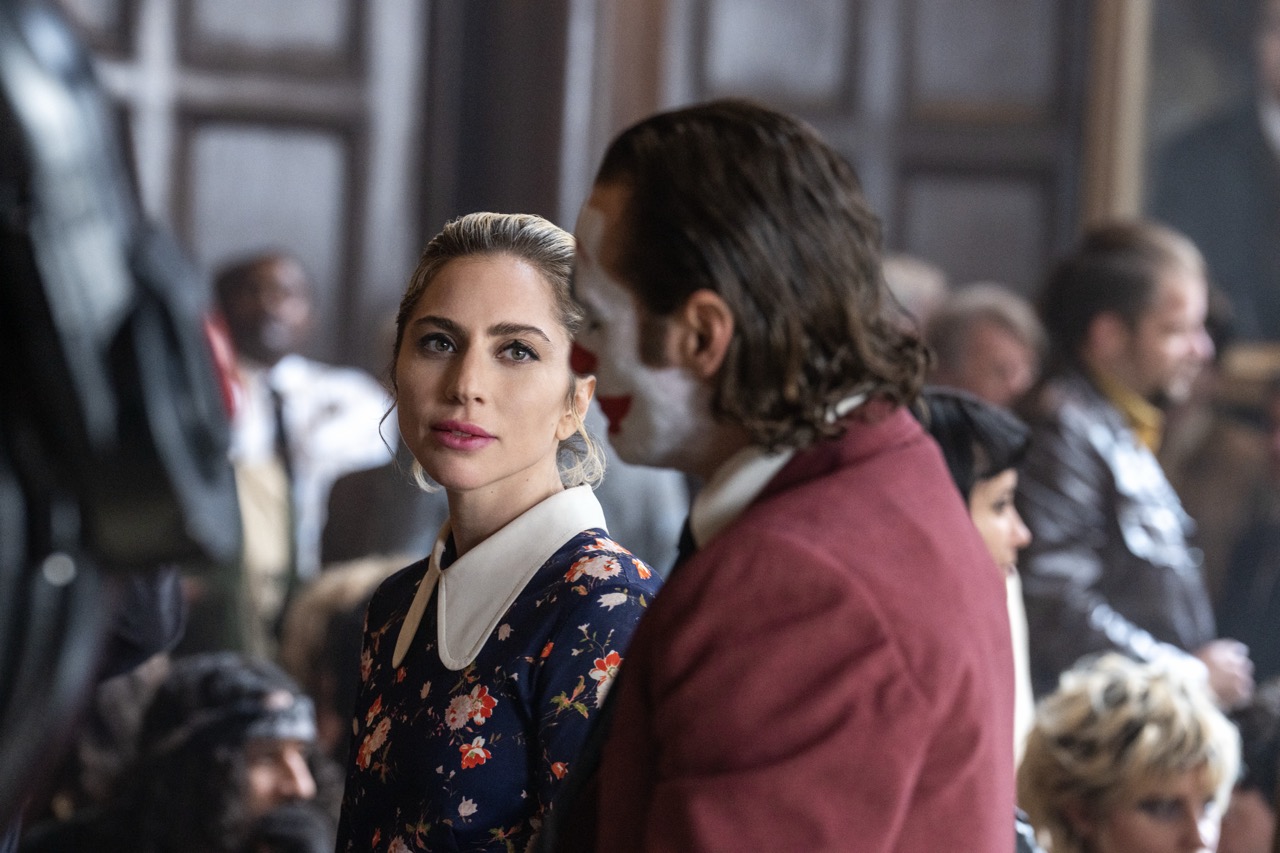
The narrative itself suffers from trying to juggle too much. Phillips showcases moments of brilliance—there are moments where you can sense the film almost touching greatness—but the story is crowded with half-baked plot points that don’t go anywhere. Arthur’s decline, Harley’s obsession, the larger theme of societal abuse—all of it should have coalesced into something meaningful, but instead, it meanders without ever fleshing out its most intriguing ideas. What could have been a gripping exploration of two tortured souls and their shared madness ends up a sluggish, tedious watch as the film attempts to be everything and succeeds at almost nothing.
Worse yet, Arthur Fleck—the complex antihero of the first film—is a shadow of his former self. Instead of a layered, tormented figure, this version of the Joker struggles to carry the narrative weight, leaving the film devoid of the magnetic pull that made the original so compelling. It’s tragic, because the movie seems desperate to push him into the background while giving space to bigger, messier plot threads that lead nowhere.
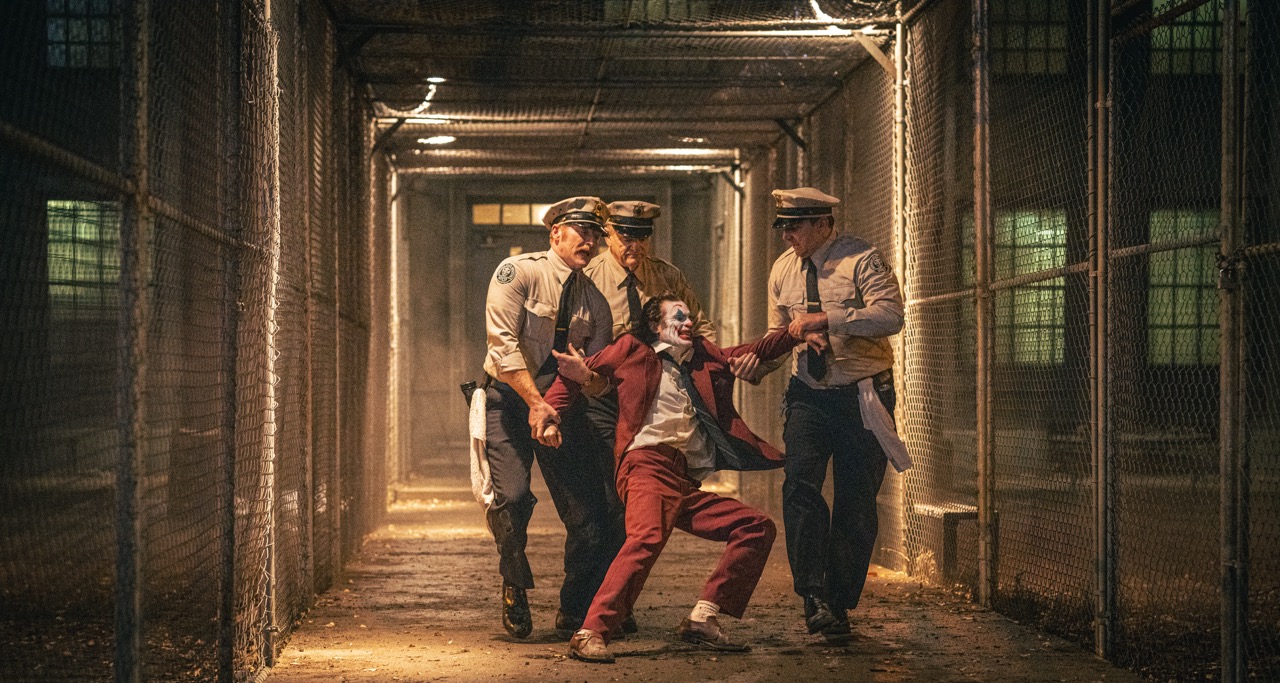
What Joker: Folie à Deux is left with is a grim parade of mental illness, societal neglect, and abuse with little in the way of meaningful progression. Yes, it’s a dark, brutal study of those crushed by the world, but it’s also relentlessly bleak without much payoff. For a film with such lofty ambitions, it’s sorely lacking in the emotional depth required to make it all worthwhile.
In the end, Joker: Folie à Deux feels like a missed opportunity. There are moments of brilliance, sure, but the film is ultimately the sum of its mediocre parts—a striking, well-acted story that never quite delivers the compelling drama it so desperately wants to be.
Fun Fact:
The first trailer received 167 million online views within the first 24 hours, the second most of any Warner Bros. film, after It (2017), with 197 million.
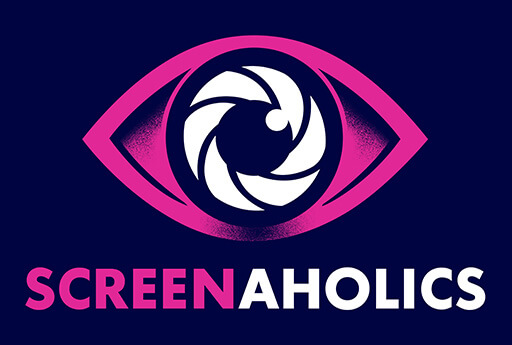

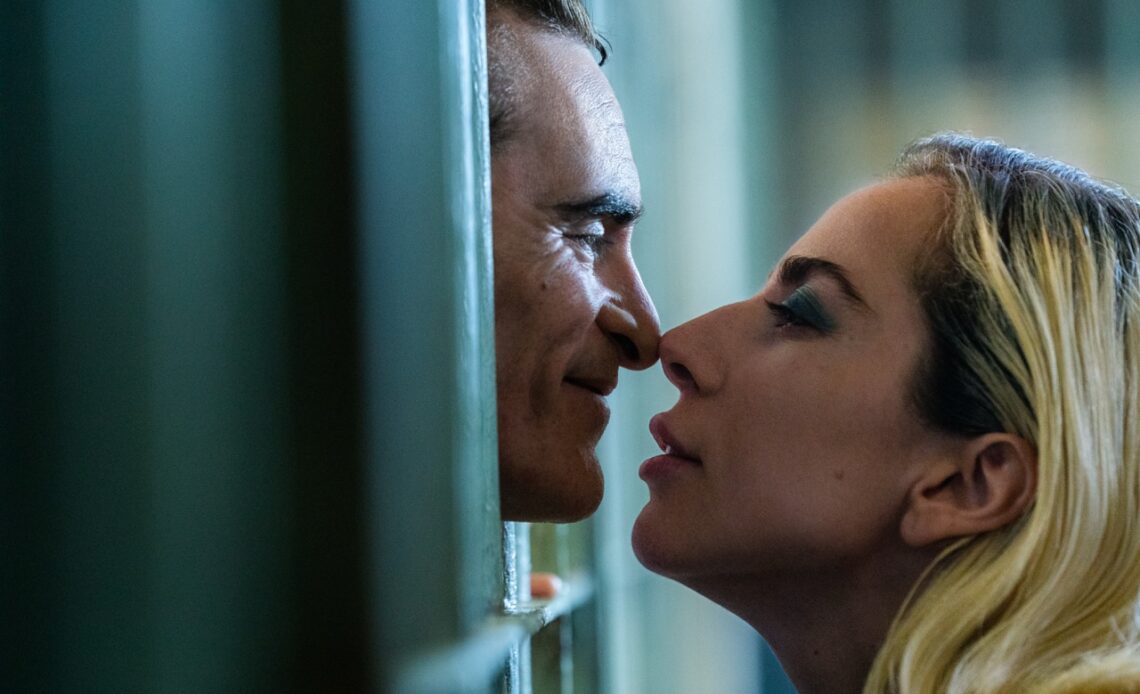

COMMENTS